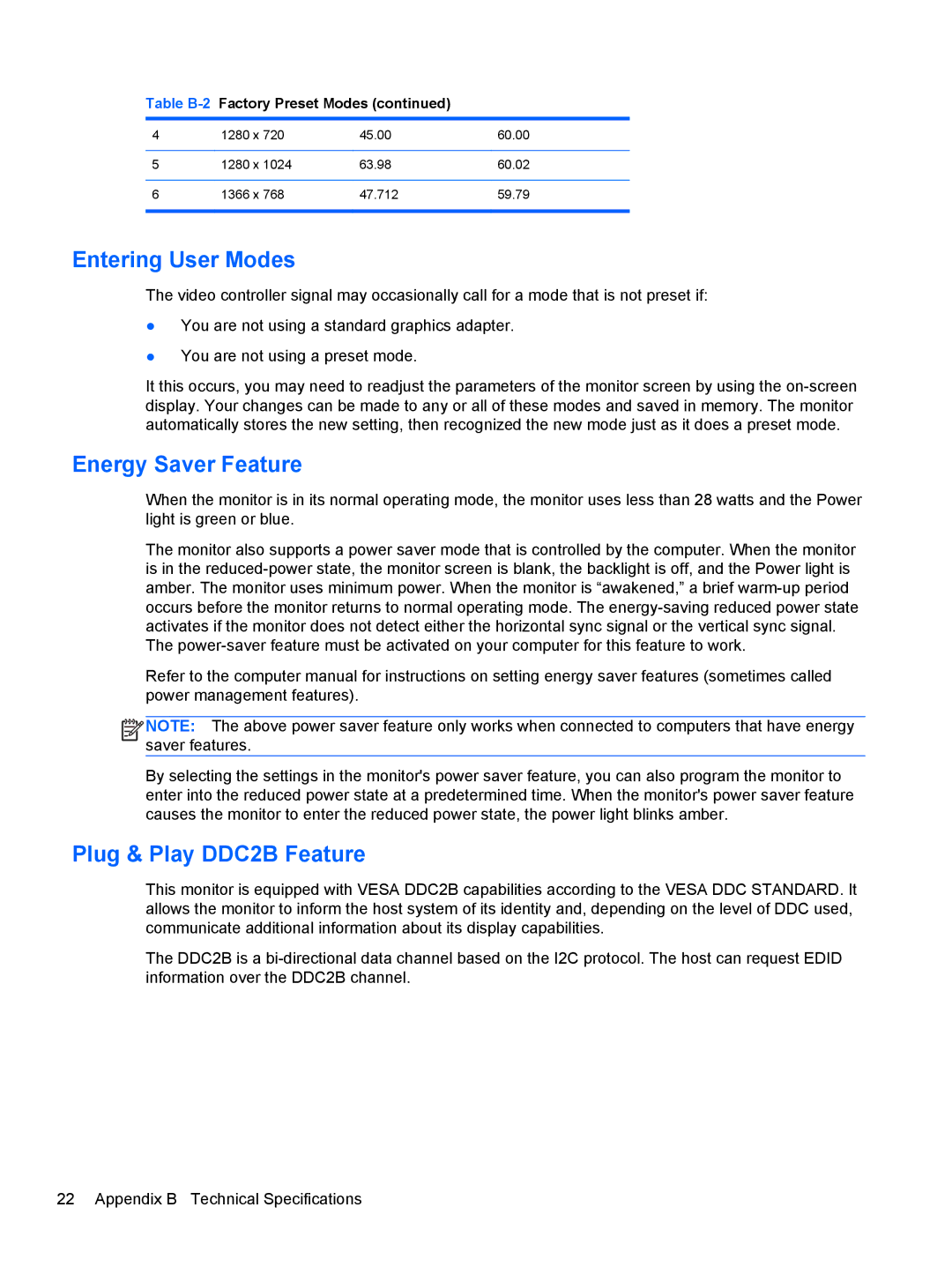
Table B-2 Factory Preset Modes (continued)
4 | 1280 x 720 | 45.00 | 60.00 |
|
|
|
|
5 | 1280 x 1024 | 63.98 | 60.02 |
|
|
|
|
6 | 1366 x 768 | 47.712 | 59.79 |
|
|
|
|
Entering User Modes
The video controller signal may occasionally call for a mode that is not preset if:
●You are not using a standard graphics adapter.
●You are not using a preset mode.
It this occurs, you may need to readjust the parameters of the monitor screen by using the
Energy Saver Feature
When the monitor is in its normal operating mode, the monitor uses less than 28 watts and the Power light is green or blue.
The monitor also supports a power saver mode that is controlled by the computer. When the monitor is in the
Refer to the computer manual for instructions on setting energy saver features (sometimes called power management features).
![]()
![]()
![]()
![]() NOTE: The above power saver feature only works when connected to computers that have energy saver features.
NOTE: The above power saver feature only works when connected to computers that have energy saver features.
By selecting the settings in the monitor's power saver feature, you can also program the monitor to enter into the reduced power state at a predetermined time. When the monitor's power saver feature causes the monitor to enter the reduced power state, the power light blinks amber.
Plug & Play DDC2B Feature
This monitor is equipped with VESA DDC2B capabilities according to the VESA DDC STANDARD. It allows the monitor to inform the host system of its identity and, depending on the level of DDC used, communicate additional information about its display capabilities.
The DDC2B is a
